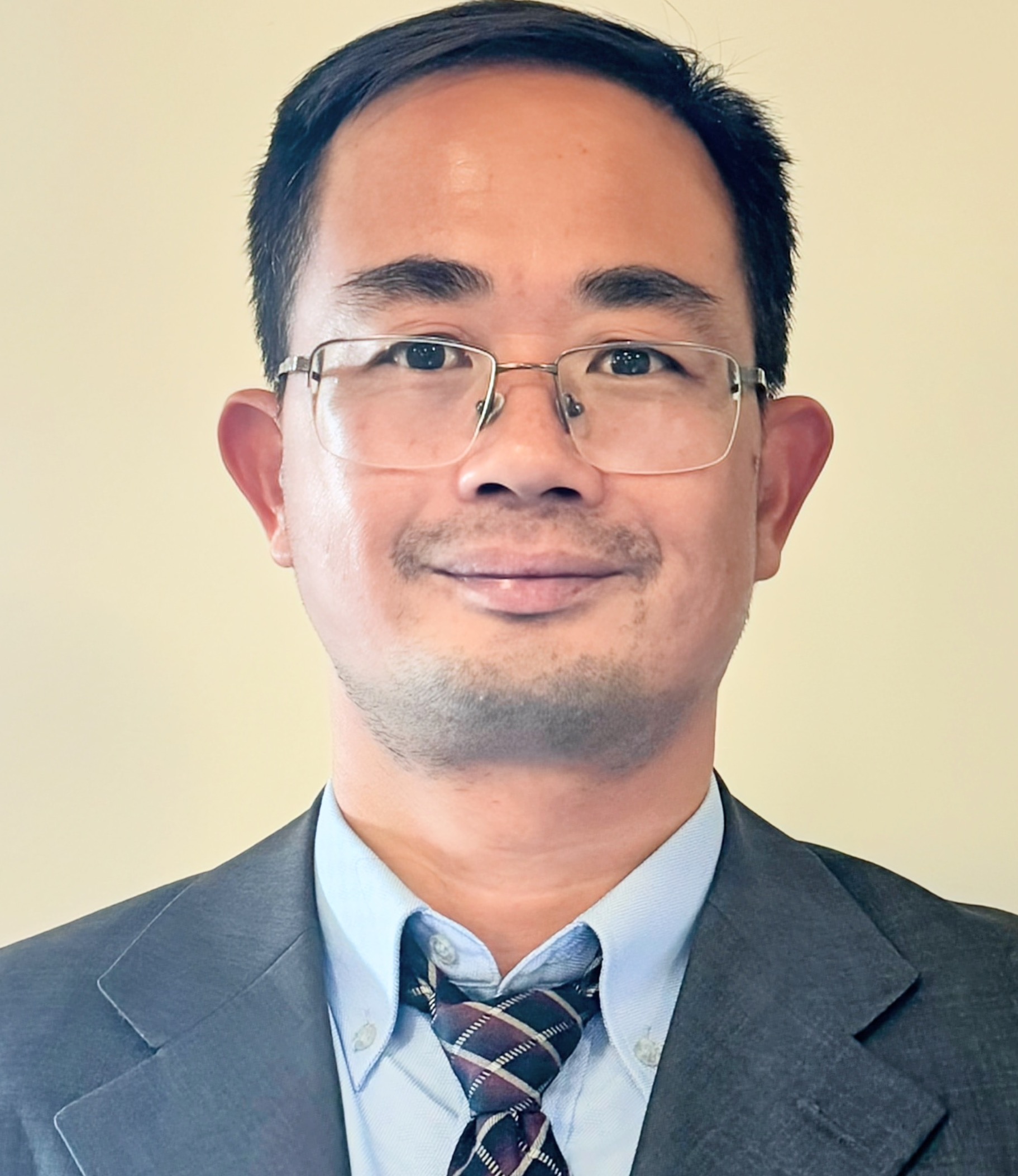Short Curriculum Vitae of Prof. Longhai Li
 Longhai Li is a professor at the University of Saskatchewan in Canada. He received his Ph.D. degree in statistics from the University of Toronto under the supervision of Prof. Radford M. Neal, a core member of the machine learning group at the U of T. Before that, he received B.Sc honours in statistics from the University of Science and Technology of China. He served on the NSERC IDG EG 1508 committee (Mathematics and Statistics) during 2022-2025. His research activities focus on developing and applying statistical machine-learning methods for bioinformatics and epidemiology data. His research has been funded by NSERC, CANSSI, CFI, CFREF, and MITACS. His research papers have appeared in highly reputed journals, such as Journal of American Statistical Association, Bayesian Analysis, Statistics in Medicine, Statistics and Computing, American Statistician, Journal of Applied Statistics, Scientific Reports, and BMC Bioinformatics. A predictive model comparison method called integrated importance sampling introduced by him was included in a widely used textbook by Peter Congdon: Bayesian Hierarchical Models: With Applications Using R.
Longhai Li is a professor at the University of Saskatchewan in Canada. He received his Ph.D. degree in statistics from the University of Toronto under the supervision of Prof. Radford M. Neal, a core member of the machine learning group at the U of T. Before that, he received B.Sc honours in statistics from the University of Science and Technology of China. He served on the NSERC IDG EG 1508 committee (Mathematics and Statistics) during 2022-2025. His research activities focus on developing and applying statistical machine-learning methods for bioinformatics and epidemiology data. His research has been funded by NSERC, CANSSI, CFI, CFREF, and MITACS. His research papers have appeared in highly reputed journals, such as Journal of American Statistical Association, Bayesian Analysis, Statistics in Medicine, Statistics and Computing, American Statistician, Journal of Applied Statistics, Scientific Reports, and BMC Bioinformatics. A predictive model comparison method called integrated importance sampling introduced by him was included in a widely used textbook by Peter Congdon: Bayesian Hierarchical Models: With Applications Using R.
Keys Words in His Research Interests
statistical learning; cross-validation; hierarchical modelling; survival modelling; model checking; residual diagnostics; model comparison; zero-inflated models; high-throughput dataCurrent Research Activities
-
Model Diagnostics and Comparison
Statistical Machine Learning
He aims to develop new tools for evaluating Bayesian/non-Bayesian models with complex structures. Today, increasingly complicated models are being proposed for a variety of correlated data such as temporal, spatial, and repeated measurement data. There is a gap between developing new modelling methods and model validation methods. He is working on developing new residual diagnostic methods for checking the adequacy of statistical models.
He aims to develop new tools for honestly measuring the predictivity (such as error rate, AUC) of selected features, and new tools for identifying truly predictive features and for building sharper predictive models for phenotypes. He is particularly interested in uncovering the molecular mechanisms behind Alzheimer’s and Parkinson’s diseases.
Full Curriculum Vitae of Prof. Longhai Li
My full CV can be found from this link. Don't distribute it in public domain.